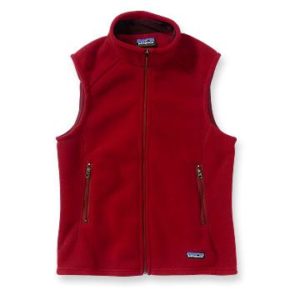
- Approximately 25% of all insecticides and more than 10% of the pesticides used in the world are used to grow cotton.
- It takes 1/3 lb. of pesticides and fertilizers to produce enough cotton to make just one t-shirt.
- Organically grown cotton uses beneficial insects and biological and cultural practices to control pests and build strong soil.
While organic clothing is what you might be most familiar with, other eco-friendly fibers are starting to make their way into consumers’ closets, as well. For example,
- Hemp is a good alternative to conventional cotton because it is naturally resistant to most pests, reducing the need for pesticides. No herbicides are needed to control weeds because it grows so densely. Hemp requires about 1/20 th as much water to grow and process as cotton. Its naturally bright fibers need little bleaching.
- Bamboo, one of the world’s fastest-growing plants, can also be grown without pesticides and converted into clothing.
- Recycled fibers made from discarded soda bottles and scrap fabrics reduce the use of virgin materials and can help save energy, water and other resources through recycling. Outdoor outfitter Patagonia’s Synchilla fleece (pictured left) uses recycled soda bottles as its base material. Since 1993, the company has diverted more than 40 million 2-liter plastic bottles from landfills and saved about 11,000 barrels of oil by making women’s and men’s vests and sweatshirts from post-consumer waste.
Dozens of on-line boutiques offer a variety of organic cotton, hemp, bamboo, silk and wool clothing shopping options.
Organic Exchange, a non-profit organization that encourages companies to use more organic materials, has a terrific on-line brochure that explains the benefits of organic cotton. You can read it here .
The Sustainable Cotton Project is working to encourage consumer demand for organic cotton. You can get more information on their efforts here.
Also consider:










